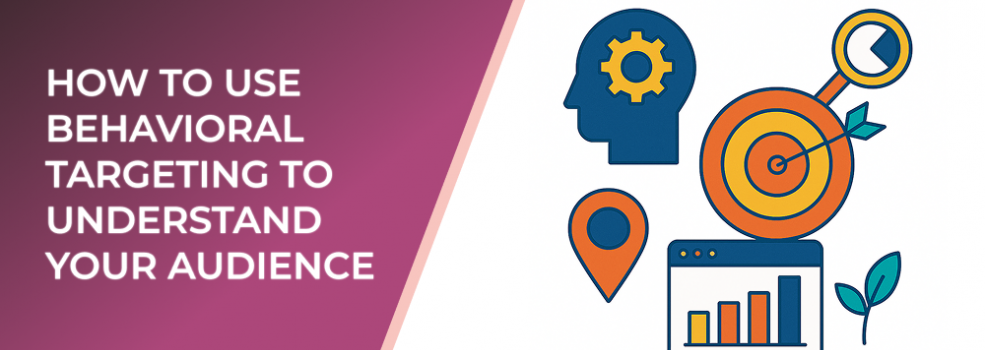Understanding your audience is one of the cornerstones of successful marketing. Behavioral targeting allows you to move beyond demographics and focus on what truly matters—how people act, what they value, and what motivates their decisions. With the right approach, this data-driven strategy can significantly improve engagement, conversions, and brand loyalty.
1. What Is Behavioral Targeting?
Behavioral targeting involves collecting and analyzing data on users’ online behavior, such as their browsing history, clicks, time spent on pages, and purchase activity. The goal is to identify patterns that reveal interests, intent, and preferences, allowing marketers to tailor messages for specific user segments.
According to Statista, 91% of consumers are more likely to shop with brands that provide personalized offers and recommendations. Behavioral targeting makes that personalization possible by understanding what users actually do rather than what they say.
2. Why Behavioral Targeting Matters
Traditional demographic targeting (age, gender, or location) doesn’t capture motivation or intent. Behavioral data reveals what truly drives engagement. Businesses that use behavioral insights outperform peers by 85% in sales growth and more than 25% in gross margin, according to McKinsey.
Behavioral targeting enables you to:
-
Deliver highly relevant content and offers
-
Increase conversion rates and ROI
-
Improve customer experience and satisfaction
-
Build stronger customer loyalty
3. Key Types of Behavioral Data to Track
To effectively use behavioral targeting, focus on collecting and interpreting the following types of data:
-
Website interactions: Pages visited, session duration, clicks, and navigation paths.
-
Purchase behavior: Frequency of purchases, product preferences, and spending habits.
-
Engagement patterns: Likes, shares, and comments on social media posts.
-
Email interactions: Open rates, click-through rates, and time of engagement.
These insights help create audience segments with distinct interests and intents.
4. How to Implement Behavioral Targeting
Step 1: Use the Right Tools
Platforms like LeadEnforce provide analytics and audience segmentation tools that help businesses collect behavioral data efficiently. They allow you to identify what types of users engage most with your content or offers.
Step 2: Segment Your Audience
Group your users based on shared behaviors—for example, frequent buyers, first-time visitors, or cart abandoners. This segmentation enables personalized messaging that resonates with each group.
Step 3: Craft Tailored Campaigns
Use behavioral data to create campaigns that match user interests and intent. For instance, send product recommendations based on browsing activity or follow up on users who viewed a pricing page but didn’t convert.
Step 4: Test and Refine
Monitor campaign performance and adjust your strategy based on real-time data. Behavioral targeting thrives on continuous optimization.
5. Ethics and Transparency
While behavioral targeting is powerful, transparency is crucial. Always respect privacy laws and provide users with control over their data. Transparency builds trust, which in turn strengthens long-term relationships.
6. The Role of LeadEnforce
LeadEnforce helps businesses understand audience behavior through advanced analytics, behavioral segmentation, and targeting tools. By leveraging these insights, you can enhance engagement, refine your messaging, and reach the right people at the right time—without unnecessary ad spend.
Final Thoughts
Behavioral targeting is a key to truly understanding your audience and delivering experiences that matter. By focusing on behavior, you can create smarter campaigns, increase conversions, and strengthen your brand-consumer connection.
Related Articles from LeadEnforce:

